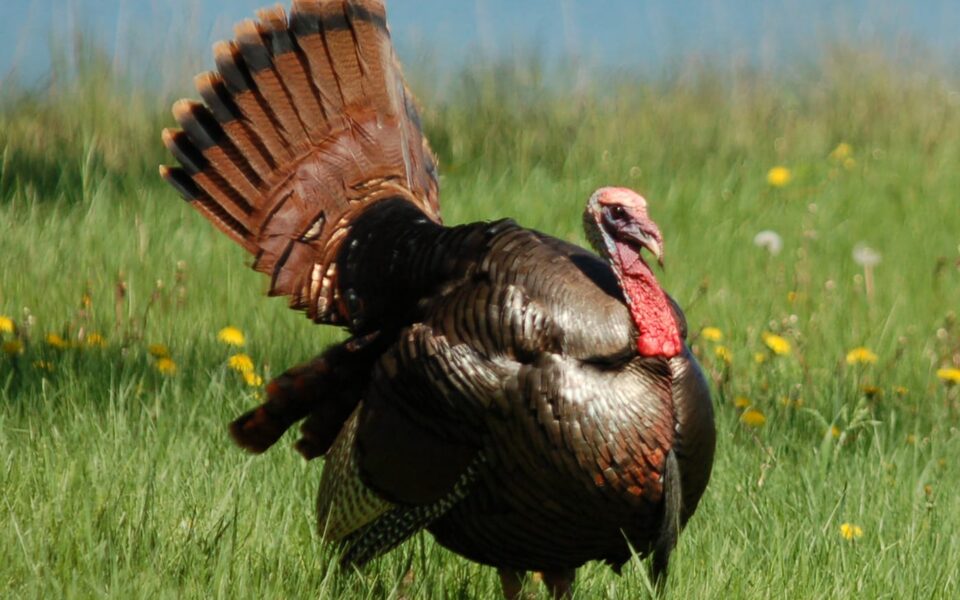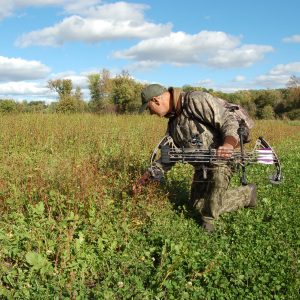500 Years of Gamekeeper
Back in the 1500s, a woodsman – likely the region’s leading market hunter – was hired to improve the traditional outdoor opportunities across a piece of forested, privately held English countryside. By 1645, the hired man’s profession had a name: “gamekeeper.” And somewhere in all that the very first signs of wildlife conservation flickered to life.
 With whole continents still unconquered, wildlife management remained largely unrefined and localized. Some three centuries after the first gamekeeper came into being the wildlife atrocities of “Manifest Destiny” would nearly destroy all of the fish and game indigenous to North America. There were incredible mass extinctions of whole species, most notably the passenger pigeon, a kind of super-sized, super-successful mourning dove, flocks of which had been blacking out noonday skies above the virgin chestnut forests of eastern North America… forever.
With whole continents still unconquered, wildlife management remained largely unrefined and localized. Some three centuries after the first gamekeeper came into being the wildlife atrocities of “Manifest Destiny” would nearly destroy all of the fish and game indigenous to North America. There were incredible mass extinctions of whole species, most notably the passenger pigeon, a kind of super-sized, super-successful mourning dove, flocks of which had been blacking out noonday skies above the virgin chestnut forests of eastern North America… forever.
During the late 1800s, on an afternoon hotter than the nearby Firehole geyser, a weathered scout wildly rode into an army encampment up on the Yellowstone River. He dismounted and strode quickly into the officer’s tent where he famously proclaimed that the great bison of North America appeared to be: “Completely gone. Yes, sir – the Dakotas, too. That’s right: we can’t find a buffalo anywhere, sir.”
Luckily, the game scouts missed finding a few remote pockets of holed-up bison. But… wow!
When compared to those wildlife stewards of the Victorian Age through to the turn of the last century, today’s gamekeeper has it easier and better, with a different set and scale of challenges thanks to a trove of historically bad ideas and sketchy land practices, including at least a century of over-grazing, over-browsing, and over-farming (plus unprecedented wetland loss and wildfire prevention).
In practice, today’s most active private-sector wildlife conservationist seems more of a dirt-moving equipment operator, feed-store chemist, hydrology speculator, and planter than the easy-go-lucky gamekeeper shouldering the bag of rabbits that illustrate this piece.
In the Southeast and Midwest, the twin hearts of uber-gamekeeper country in modern times, these complexities are exacerbated to the nth degree by an exploding world of undesirable foliage, largely uncontrolled predation, and an entirely new galaxy of super-destructive invasive species. Add in the just-plain-crazy heat and the bubbling humidity of summer, the gumbo mud, the bird-size insects and you’ve got another great day to plant a food plot (some may call that a poor working environment).
The modern gamekeeper and the projects that he/ she undertakes are exponentially admirable to all those who recognize the work and the capital, the “country smarts” of well-designed and sharply executed forage mosaics and water features created and/or enhanced by man for wildlife.
I marvel at the determination, the dirt-road knowledge; I appreciate the righteous glow of the gamekeeper when deer and turkeys crisscross the evening shadows among his plantings or through his orchard or managed woods. I understand the zeitgeist of the gamekeeper.
Through the buzz of the cicada and the drone of the tractor comes the approving echo of the ultimate wise- use conservationist, Theodore Roosevelt: “Of all the questions which can come before this nation, short of the actual preservation of its existence in a great war, there is none which compares in importance with the great central task of leaving this land even a better land for our descendants than it is for us.”
Join our weekly newsletter or subscribe to GameKeepers Magazine.
Your source for information, equipment, know-how, deals, and discounts to help you get the most from every hard-earned moment in the field.






